Amid the hustle and bustle of eastern Tehran, nestled right next to the noisy Imam Ali Highway, stands a grand old brick house covering about 880 square meters of land. It was one of the first to be built in the Chaharsad Dastagh neighborhood in Tehran’s District 14, which began life in the Pahlavi era.
This house was once the residence of Professor Mohammad Ali Amirjahed, an Iranian poet and composer, and his son-in-law Dr. Mohammad Moin, creator of the Moin Persian Dictionary. Each one of them occupied a separate wing.
In 2002 the property was purchased by Tehran Municipality. After reconstruction, it reopened to the public in 2004 as the Ghadir Cultural and Artistic Center. Later in 2016 it was converted into a museum, and a specialist training hub for music, literature and calligraphy.
Despite the fact that Tehran is filled with mansions, to say nothing of Qajar and Pahlavi-era architecture from mansions to street cafes, the beauty of this house is such that it has served as a location for Iranian films and TV series like Shahrzad, Ancient Land, Oxidant and 21 Days Later.
The smart-looking brick building, blue tiles, stained glass and turquoise pool are all reminiscent of the architecture of the Qajar period. The interior decorations are just as sumptuous: from wooden sofas with red backs to kilims and termeh (hand-woven) cloths on the windowsills. To practice calligraphy in such an atmosphere would be pure luxury.
"In this old house, love, art and taste are flowing," says Taraneh, a tambourine player and one of the current artists-in-residence. “This is understood from the beginning, when you see the beautiful wooden entrance door... It’s a house overcome by words, melodies and poems.”
Some of the decorative instruments in the house belonged to Mohammad Ali Amirjahed himself. Born in 1896 in Tehran, Amirjahed worked as a journalist until the outset of the First World War. Then in 1920, he worked for the Iranian parliament. He also ran the city’s music conservatory for a time, working with such greats as the singer Qamar-ol-Moluk Vaziri and tar players Arsalan Dargahi and Morteza Neydavud. He died in 1977 at the age of 81, with two books of sheet music and more than 100 songs and compositions as his legacy. His office is one of the focal points of the house today.
After Amirjahed’s death both his home, and the next-door abode of his daughter Mahin and son-in-law Dr. Mohammad Moin, were converted into museums. For his part, Moin had received his bachelor’s degree at the age of just 16, and in 1935 became the head of Ahvaz Vocational School in Khuzestan at 17.
The young prodigy remotely studied psychology, calligraphy, physiognomy and neuroscience with the Brussels School of Psychology. At the age of 24, he became the first doctor of Persian literature in Iran, going on to teach at Tehran University’s Faculty of Literature. Three years later he began working with the linguist and lexicographer Allameh Dehkhoda to compile a dictionary, and remained his closest colleague until the last days of Allameh's life.
After Dehkhoda's death, in accordance with his will, Dr. Moin was appointed the dictionary’s head of scientific affairs. During his lifetime, he wrote 40 valuable texts, the most famous of which remains the six-volume dictionary. He suffered a stroke on November 30, 1966, and spent the last five years of his life in a coma before passing away in July 1971. He is buried in the Astaneh-ye Ashrafiyeh cemetery, in Gilan province.
This article was written by a citizen journalist in Tehran.
visit the accountability section
In this section of Iran Wire, you can contact the officials and launch your campaign for various problems




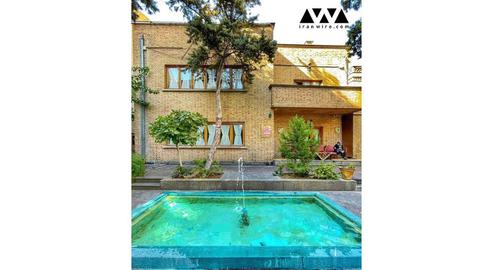










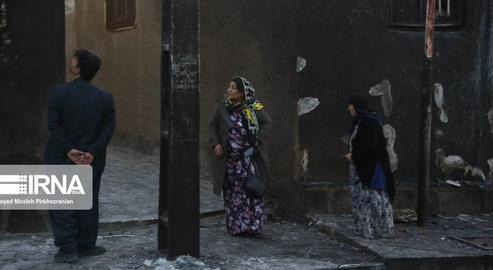
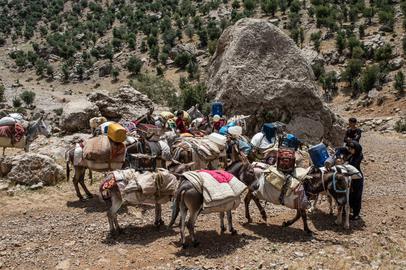
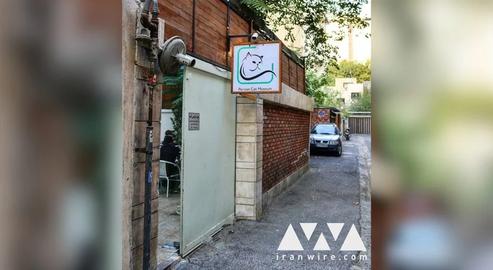
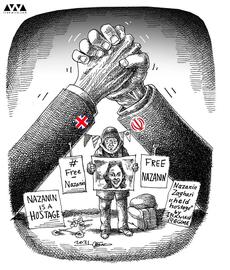
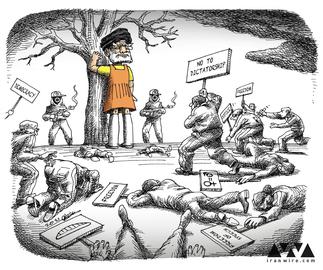
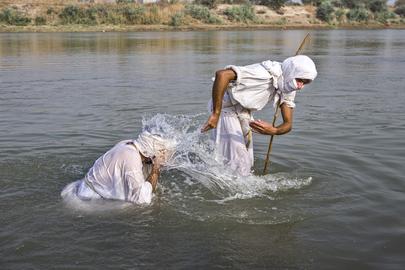
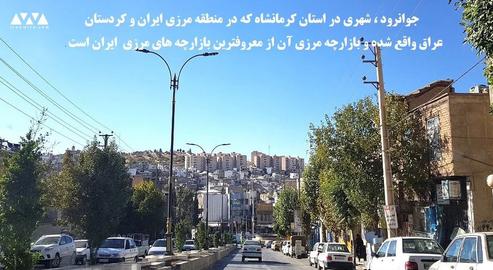

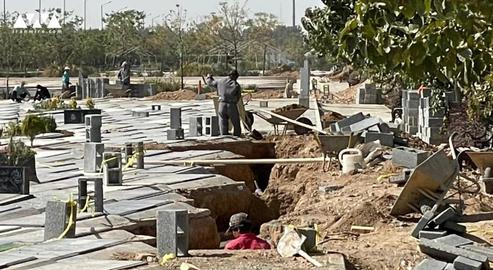
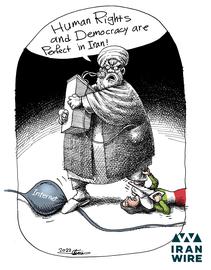

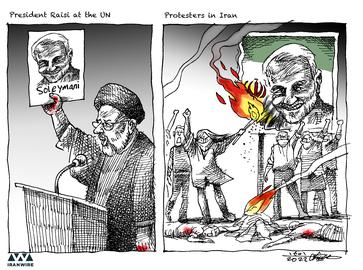
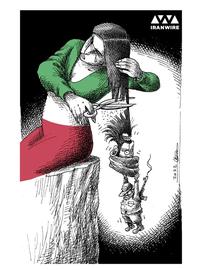


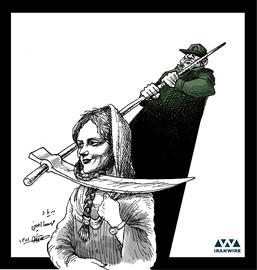

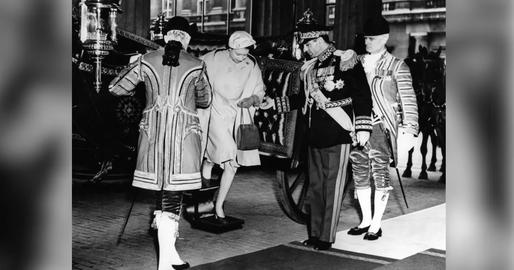

comments